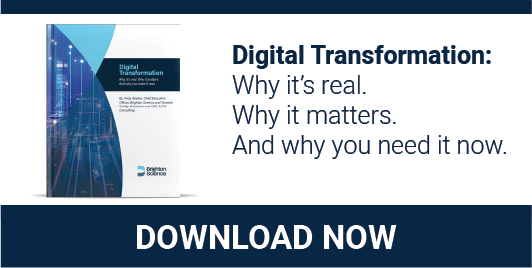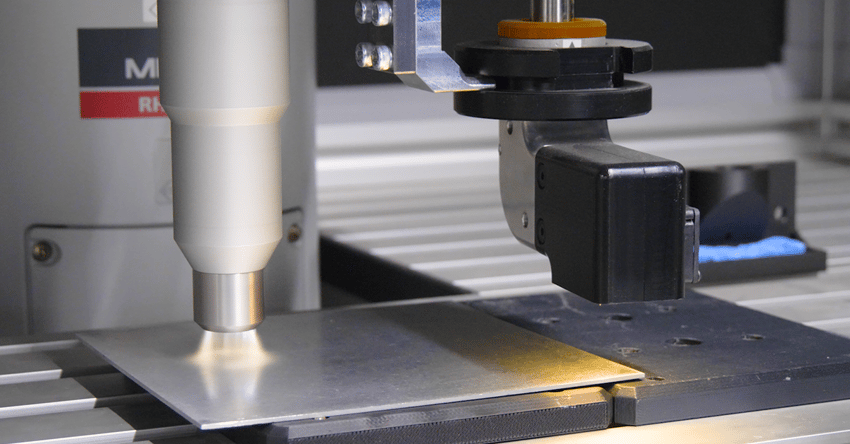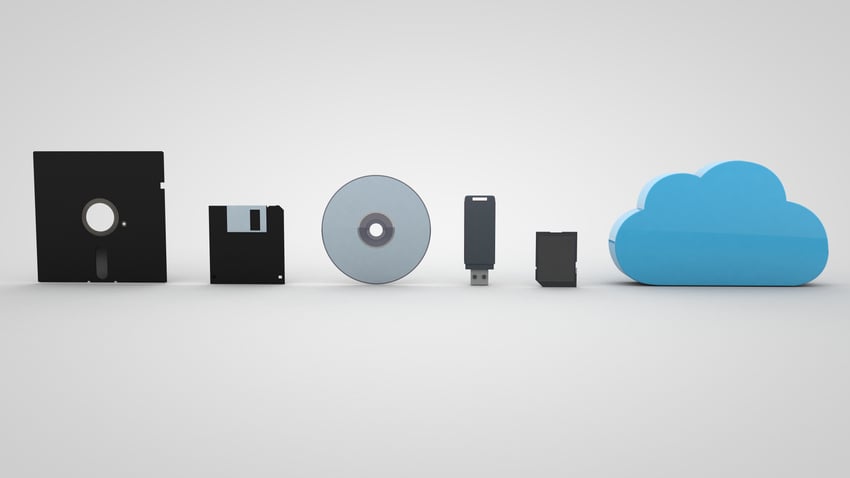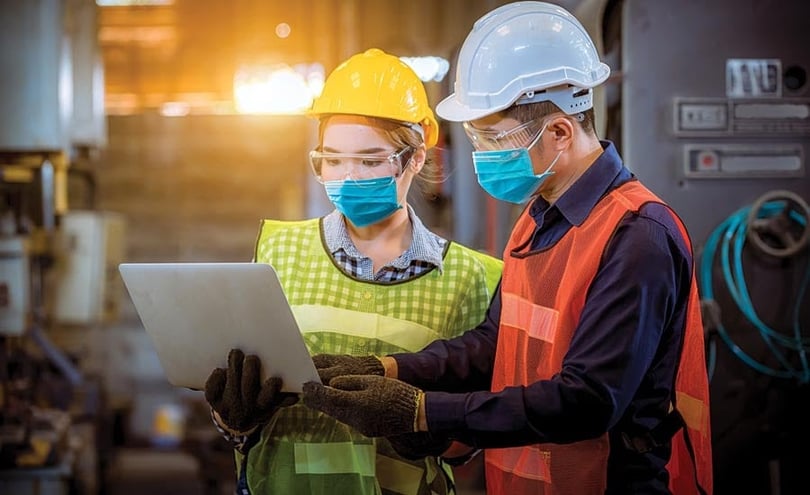Wind turbines have a problem: their giant blades fail more often than anticipated. Research on the issue, reported in the journal Materials, notes an average of 3,800 failures each year. Many of these result from adhesive bonding defects, which should be addressed and prevented through improved surface intelligence.
More generally, bonding problems aren’t new, and they aren’t unique to wind turbine blades. When they arise, the usual response is to call on the services of adhesives, bonding, or materials Subject-Matter Experts (SME). They investigate and, in most cases, find a solution. All too often though, the problem reoccurs, perhaps on a different product or in a different location, and the SME is called in again.
This blog addresses the urgent need to leverage SME knowledge in surface intelligence. It covers the importance of organizational learning and introduces a software-as-a-service (SaaS) solution.
The Need to Leverage Specialist Expertise
Manufacturers use SMEs to help solve problems that arise during product development, prototyping, and production. These educated and experienced individuals investigate and recommend solutions, typically delivering some training to junior staff members in the process. They also network within their profession, keep their knowledge current by reading and attending conferences, and may also represent their employer simultaneously.
SMEs are expensive resources for companies, and sometimes, their workload prevents them from responding as quickly as needed. In multi-site organizations, they may have to travel to investigate a problem, or samples may need to be sent to them.
SMEs are often drawn into “firefighting” activities, while their managers prefer they work more on “fire prevention.” If they had time, they could support new product development projects, investigate alternative materials, and redesign processes. What’s needed is a way of fully leveraging their capabilities so these proactive activities can actually happen.
Improving Service Quality From SMEs
The benefit of using an SME is hard to quantify by conventional means as their work isn’t linked directly to revenue or profitability. Similarly, performance incentives are hard to establish because the results achieved depend on the nature of the problem they are called on to address. However, a metric some manufacturers use is service level. This can include measures such as:
- Time from when a problem emerges to the initial response
- Time from initial response to starting work on the problem
- The time taken to solve the problem
These can be incorporated into service-level agreements that define target response times and set expectations for individual SME performance.
Growing the Knowledge Asset
Another approach for increasing the return from SMEs is through better knowledge management. This refers to how successful organizations accumulate knowledge all the time, of which formal training plays only a small part.
As part of daily activities, teams review quality data, production statistics, financial reports, and more. They discuss what they did well and what not to do again. Lessons are learned and shared, and this provides a basis for improvement.
The same needs to happen with the expertise of SMEs. When a problem is solved, the knowledge of what was done to solve that problem must be captured by the organization. This prevents recurrence by addressing the “knowing-doing gap,” and if a similar situation arises in the future, the SME shouldn’t need to revisit it.
Knowledge Management Lessons From Wind Turbine Blade Failures
Wind turbine blade failures illustrate the role of SMEs in problem-solving and organizational knowledge capture. Blades are complex bonded assemblies. Once ready, each blade is sent out to the wind farm and assembled onto the turbine. Help from SMEs is often needed to prevent damage during these steps.
Once on-site, the installer may have questions about attaching the blade. They may need to speak to the engineer who designed the hub to assemble it. If the blade fails due to an adhesive bonding flaw, Engineering and Quality may need to reach out to process SMEs to understand the reasons.
These SMEs are constantly learning and growing their real-world knowledge. They understand the reasons for problems and failures and how to make products and processes more robust. They may also discover critical information that needs to come to management.
A single SME can keep everything they need in their head, but product and process development usually employ the services of multiple SMEs. They monitor trends and report facts as they work with the most complete information. That knowledge is hard-won, and the organization must capture it for future use.
In this wind turbine blade example, knowledge was acquired during design, during manufacture and transport, at installation, and in service. If it can be captured as data and put into a meaningful format, then not only is it insightful, but it’s factual rather than anecdotal. It can be used for problem-solving and decision-making. It can guide product development and support activities like warranty investigations and product recalls.
The Benefits of Pre-Built Solutions
Businesses have two possible approaches to capturing and cataloging organizational knowledge. They can invest significant time and effort in building their own system, using databases, hiring experts, and writing code, or they can choose a pre-built solution.
A pre-built solution is one where sensors, hardware, and software are integrated into a product that captures and stores data and makes it available for analysis and as a history. Readers may be familiar with the “Toast” SaaS product that provides a ready-made hardware and software solution for restaurants. This saves them the expense and complexity of implementing and integrating components from different vendors. It can also generate large quantities of actionable data on customer likes, dislikes, and needs.
For businesses that need or could benefit from enhanced surface intelligence, the equivalent is BConnect.
The SaaS Tool for Increased Surface Intelligence
BConnect from Brighton Science is a SaaS product that merges our surface energy measurement technology with our analytical capabilities. It lets SMEs tackle surface and bonding issues and support remote locations without needing travel or shipping materials. Being cloud-based, the SME can help remote users set up experiments, collect a wide array of data, and review it quickly and without traveling.
BConnect creates a history archive that helps team members and the next SME understand what has been done before. This saves time when problem-solving and prevents “reinventing the wheel.”
BConnect is an open system, so surface intelligence data can be pulled into other systems through APIs. This is done without the organization building a unique system for managing surface intelligence data.
Build for the Future by Retaining Surface Intelligence Knowledge
SMEs are a valuable resource, and as such, their expertise should be leveraged to the fullest extent possible. With BConnect, Brighton Scientific’s SaaS solution for surface intelligence, SMEs can do more for the business.
BConnect helps them collect more information in less time, solve problems faster, engage with others in the organization to solve problems and bring fellow SMEs up to speed quicker. The investment in SMEs goes further, and if one leaves the company, the body of their work and experience is preserved. In short, BConnect boosts resiliency through knowledge management and helps ensure sustained enterprise success.
To learn more about how your organization can fully leverage your SMEs to become more productive and efficient, download the eBook “Digital Transformation: Why it’s real. Why it matters. And why you need it now.”








